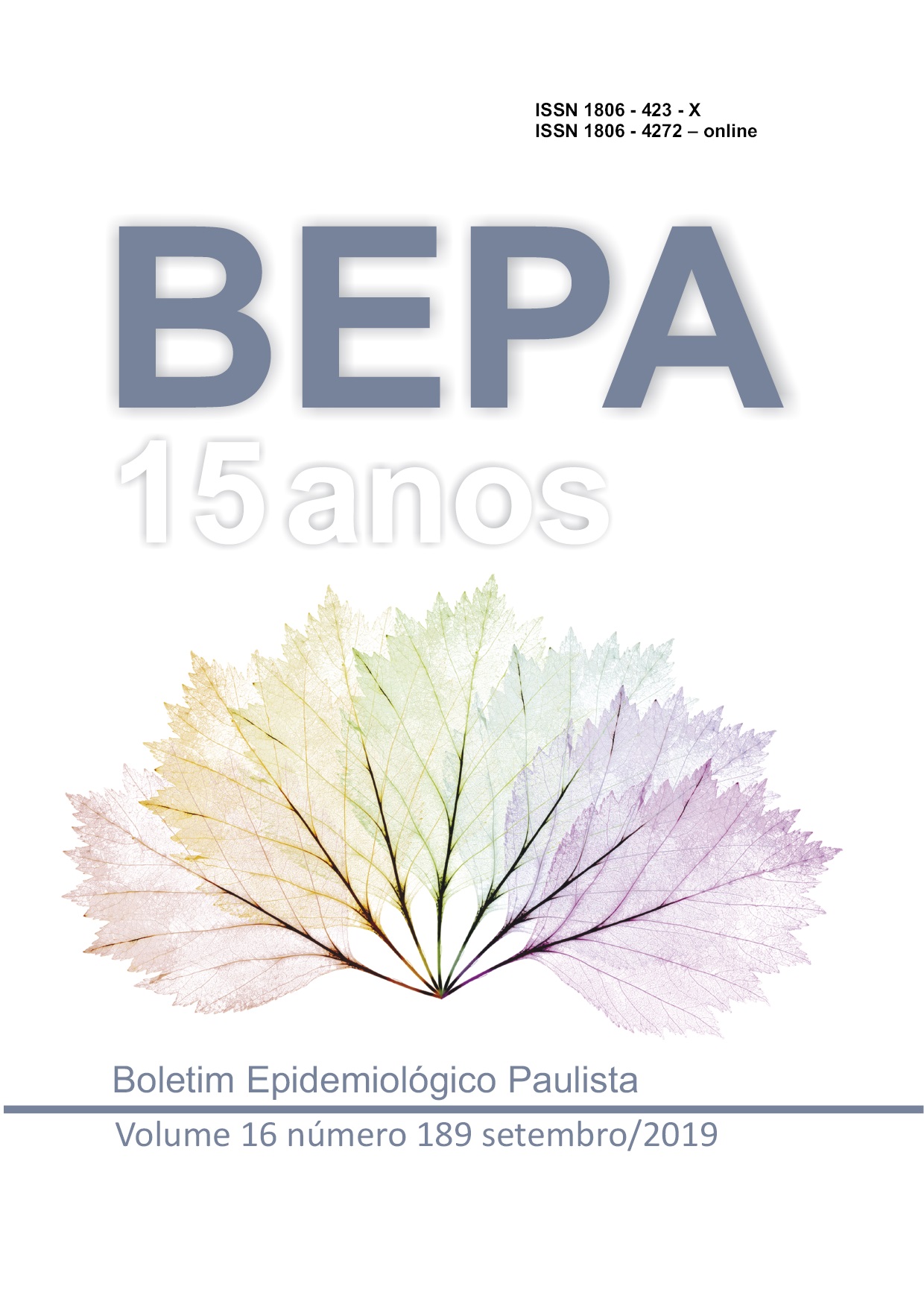Abstract
Chagas disease, caused by Trypanosoma cruzi, affects approximately 6 to 8 million people
worldwide. Although triatomine bug transmission is controlled, other forms of transmission
have maintained the infection and are responsible for introduction of Chagas disease in nonendemic countries. Therefore, Chagas disease is currently a global public health problem. In
Brazil, oral transmission has been prominent. Acai pulp and sugarcane juice are the foods most
frequently involved in outbreaks. The difficulty to isolate parasites in food has not allowed the
epidemiological analysis of these episodes. The objective of the present study was to standardize
a laboratory method for the detection of T. cruzi in food. To achieve this goal, we studied the
following strategies: i. standardization of the conventional PCR (cPCR) and real time (qPCR)
to determine T. cruzi in acai pulp and sugarcane juice; ii. evaluation of seeding of infected food
in LIT culture medium in order to increase the parasite load, thus enhancing its detection in
PCR; iii. T. cruzi viability and integrity studies in food to determine the ideal time to perform
analyses in infected foods; iv. application of light filth analysis for the detection of triatomine
bug fragments as an indicator of contamination. All assays were performed on acai pulp and
sugarcane juice samples infected with different concentrations of T. cruzi (strain Y). Results
revealed that the ideal procedure for T. cruzi screening on acai pulp and sugarcane juice consisted
of: i. centrifugation of food; ii. DNA extraction with commercial kit for stool matrix and; iii. qPCR
using specific primers for T. cruzi. The cPCR was also efficient to detect the parasite in food,
with detection limits of 1 x 101 and 1 x 102 trypomastigotes in the acai pulp and sugarcane juice
sediments, respectively. Seeding in LIT media of experimentally infected foods was not efficient
to increase parasite load. Viability tests showed that trypomastigotes remained viable in the cane
juice samples for more than 24 hours, but in the acai pulp the parasites survived for up to 8 hours.
The techniques to investigate light filth allowed the recovery and characterization of triatomine
bug fragments as an indicator of T. cruzi contamination. These data support the conclusion that
the standardized qPCR to detect T. cruzi in food samples could meet the demand for diagnosis of
outbreaks of oral infection of acute Chagas disease, together with the investigation of light filth,
thus contributing to the clarification of cases and working as a support for health surveillance
actions.

This work is licensed under a Creative Commons Attribution 4.0 International License.
Copyright (c) 2022 Elaine Cristina de Mattos, Vera Lucia Pereira-Chioccola (orientadora)
